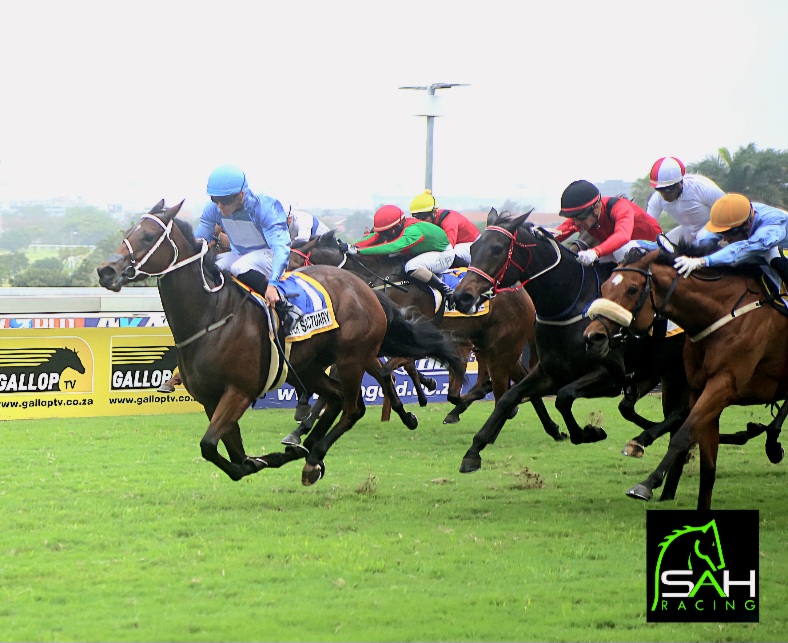
The recent downgrade of two South African Grade 1 races—the Woolavington 2000 and the Golden Horse Sprint—highlights growing concerns about the country's racing standards and horse population.
Why Were These Races Downgraded?
The Woolavington 2000, historically a top-level contest for three-year-old fillies, was altered in recent years to allow older fillies and mares. This change was intended to strengthen the race, but it failed to meet the Asian Pattern Committee (APC) criteria to retain its Grade 1 status.
Similarly, the Golden Horse Sprint, a handicap that was once a feature among South Africa’s premier sprints, no longer meets the standards required for Grade 1 classification.
The Impact on Racing
Loss of Prestige: A downgrade means these races no longer offer Grade 1 black type, which affects their international standing. This can make South African horses less attractive to global buyers.
Handicap Adjustments: The Golden Horse Sprint will now operate with a wider weight spread, reflecting its new Grade 2 status. A Merit Rating (MR) 100 horse will carry a bottom weight of 52kg, with no upper weight limit—a shift in line with Grade 2 handicap criteria.
Pressure on Other Races: With South Africa’s foal crop shrinking, fewer top-quality horses are being produced. This makes it harder for races to maintain the depth required to justify Grade 1 status. More races may face similar downgrades in the future.
Bigger Picture
These changes reflect the broader challenges South African racing faces—declining horse numbers and difficulty retaining talent. If more races drop in grade, it could further impact the country's ability to attract top owners, trainers, and jockeys.
|